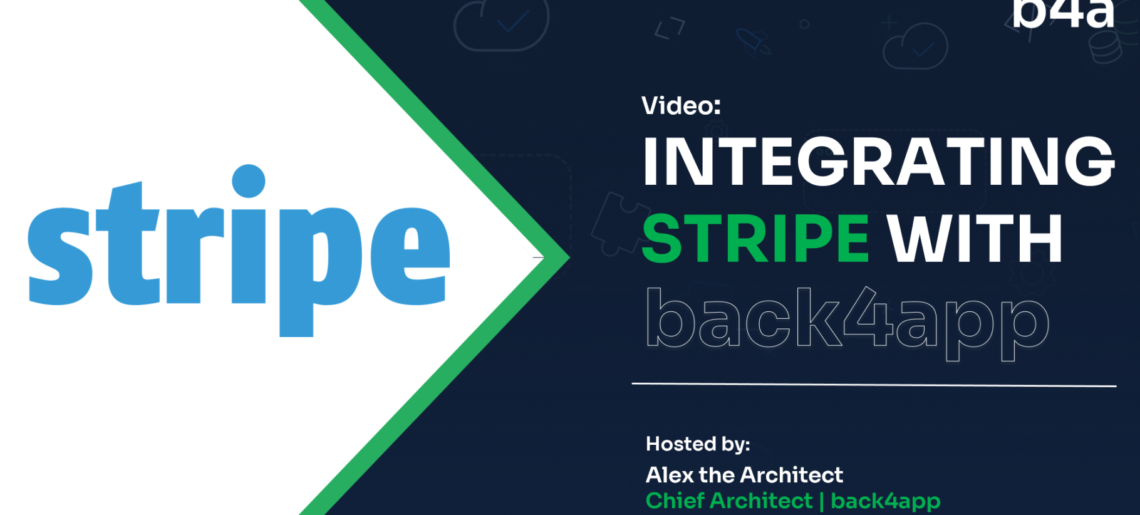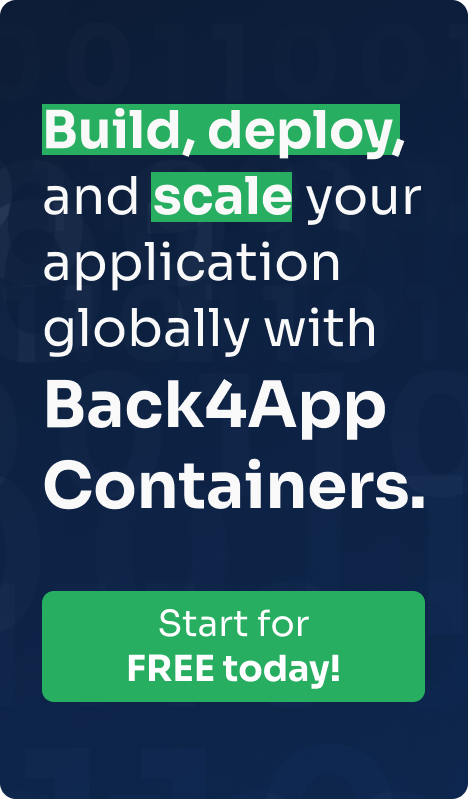Today, the chief way for any business to reach out to its audience is via an application. Though there are various methods to make an app, why do you think 10% fail? As per CBInsights, 10% of startups fail due to a mistimed product.
Among the various other reasons, one is the slow development process! And this slow development process is encouraged by development tools that do not support developers in terms of speed. Solution? You guessed it right, microservices frameworks.
You see, the monolithic architecture used before slowed down the developers as the app was coded as one unit, top to bottom. The encapsulation of all the essential units of an app made it tough for developers to maintain, upgrade, and debug it. Hence, it led to slowing down and complications in the development process. However, microservices architecture has resolved all these issues.
As per stats, around 85% of the respondents from large organizations state that they use microservices. As the use of microservices is elevating and market competition is cut-throat, it is imperative for software developers to choose the best microservices framework.
Here in this article, we will highlight some of the best microservices frameworks for your business.
Read More



